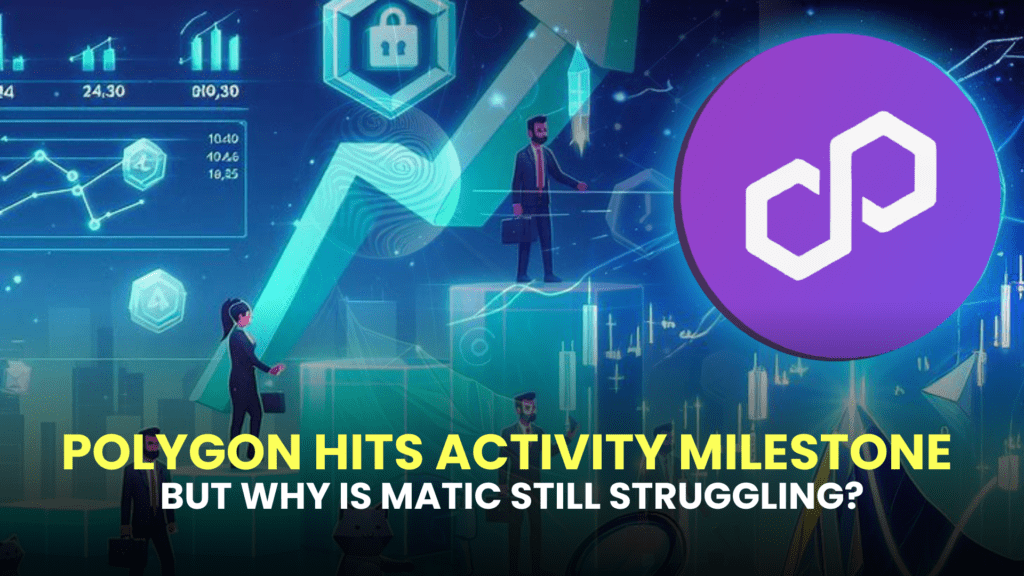
Polygon Activity on the Rise
The Polygon network has set a consistent record in daily active addresses, but there are some concerns. According to recent data, the Polygon network consistently surpassed 1 million daily active addresses for 65 days straight.
Decline in DeFi Metrics
Despite the rise in activity, Polygon struggled in terms of DeFi metrics:
- DEX (Decentralized Exchange) volumes fell from $320 million to $50 million over the last few weeks.
- The TVL (Total Value Locked) for Polygon dropped significantly from $1.2 billion to $980 million.
These factors significantly impacted the revenue generated by the Polygon network. According to AMBCrypto’s analysis of Token Terminal’s data, the revenue generated by the network decreased by 42% over the last month.
Development Activity Decline
Likewise, development activity fell by 14% in the last 30 days. If the number of code commits on the network continues to decline, it could have a significantly negative impact on the Polygon network.
MATIC’s Price Movement
The token didn’t have a positive time in terms of price movement either. Since April 9th, the price of MATIC has declined, showcasing multiple lower lows and lower highs. This pattern suggested that a bearish trend had been established. Despite MATIC’s multiple attempts to break the trend, the price remained consolidated between $0.7802 and $0.6346 levels. The price would need to retest and weaken the $0.7802 resistance level before a reversal can be seen.
The RSI (Relative Strength Index) had fallen materially during this period, implying that the bullish momentum around MATIC had weakened. On the plus side, the CMF (Chaikin Money Flow) had grown, indicating that the money flowing into MATIC had surged. At press time, MATIC was trading at $0.7191.
Holders See Green, Token Sees Red
The network growth for MATIC had also fallen in the last few days, indicating a lack of interest from new addresses. Its MVRV (Market Value to Realized Value) ratio also witnessed a rise, suggesting that most holders were profitable and could have an incentive to sell their tokens further down the line.

